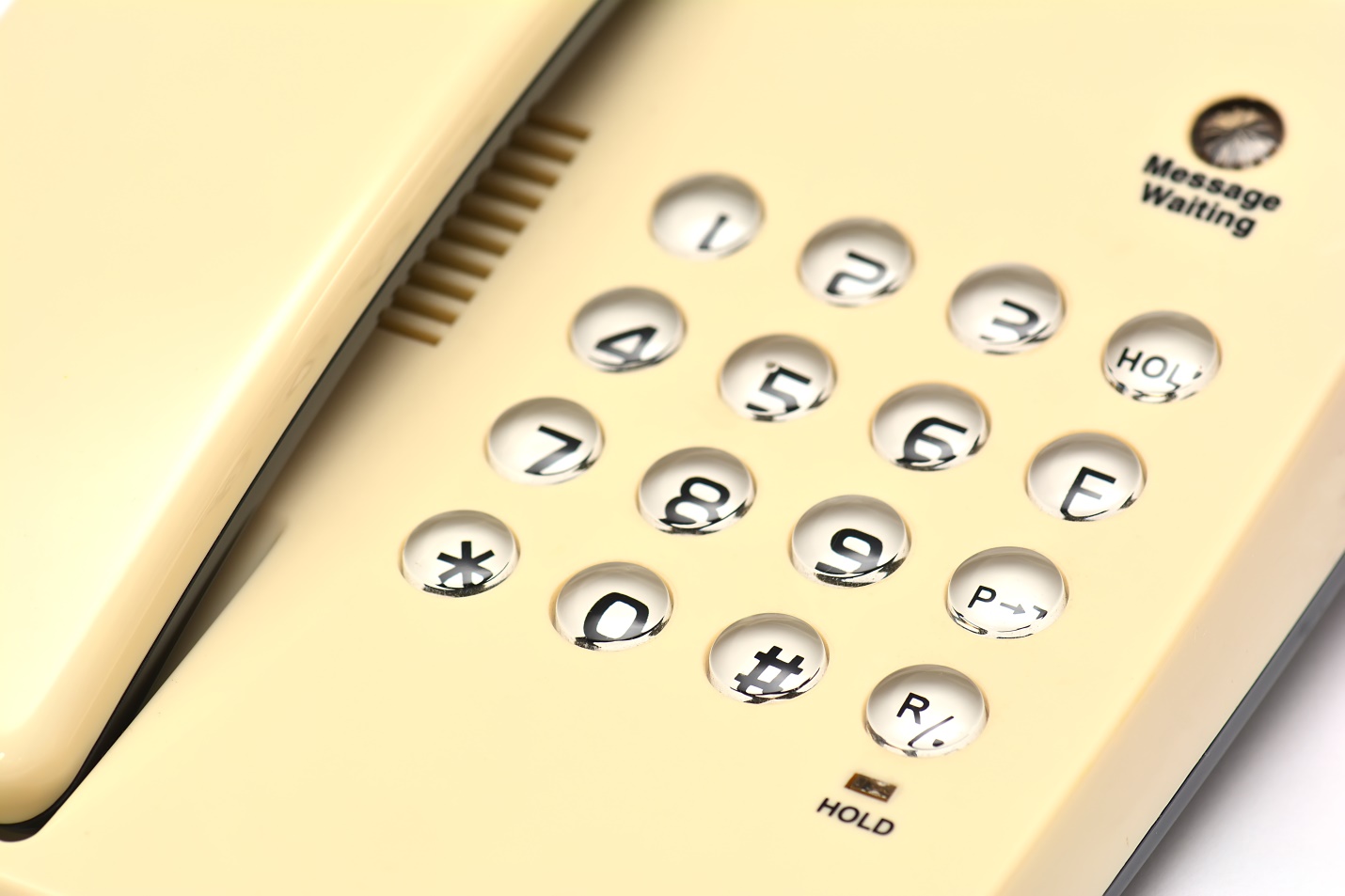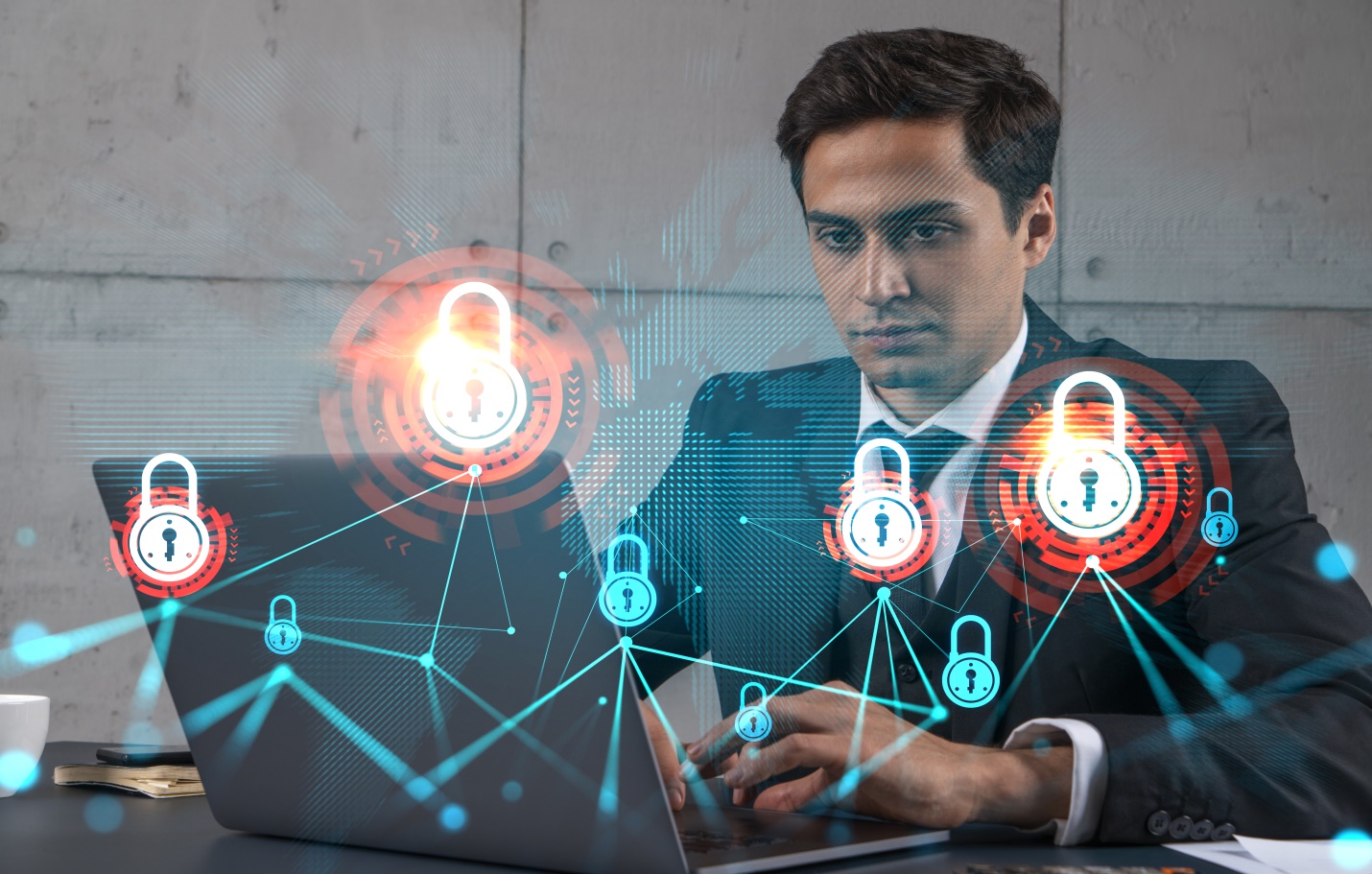Cracking the Code: A Deep Dive into Personal Identification Numbers (PINs)
Dec 16, 2023 By Susan Kelly

In our modern digital landscape, where safeguarding our sensitive information is of utmost importance, the Personal Identification Number (PIN) assumes the role of a vigilant protector, shielding our data from unwarranted intrusion. Although a term frequently encountered, its true essence and significance often elude many.
Join us on a quest to unravel the mystique surrounding the PIN, delving into its pivotal role in guaranteeing the security of our data. As we explore the intricate layers of its functionality, we'll uncover how this unassuming numeric code serves as a stalwart guardian, standing firm against the ever-present threat of unauthorized access to our most private information.
What is a PIN?
A Personal Identification Number (PIN) is a numerical code used to authenticate an individual's identity in various electronic transactions. Unlike complex passwords, PINs are typically shorter, consisting of four to six digits, making them easier to remember. The primary purpose of a PIN is to provide a secure gateway, allowing access only to those who possess the correct code.
PINs have come a long way since their inception. Initially introduced for ATM transactions, they have now become ubiquitous, extending their reach to credit and debit card transactions, mobile devices, and even door access systems. This evolution reflects the growing need for a simple yet effective method of user authentication.
Why Do We Need PINs?
In an age where digital transactions are ubiquitous, understanding the necessity of Personal Identification Numbers (PINs) is paramount. These numeric codes serve as a fundamental layer of defense, enhancing security and ensuring that only authorized individuals access sensitive information.
Enhancing Security

The fundamental role of a PIN is to bolster security in our daily interactions with technology. By requiring users to input a unique code, PINs act as a formidable barrier against unauthorized access. Whether withdrawing cash from an ATM or making an online payment, the PIN ensures that only the rightful owner can complete the transaction.
User Convenience
While serving a crucial security function, PINs also emphasize user convenience. In contrast to lengthy and forgettable passwords, a PIN is concise and memorable, achieving a delicate equilibrium between security and user-friendliness. This inherent user-friendly quality has played a pivotal role in the extensive acceptance of PINs across diverse applications.
Reducing Fraud
PINs serve a pivotal role in mitigating fraudulent activities. In situations involving a lost or stolen card, the perpetrator must possess the corresponding PIN to exploit the card. This supplementary layer of safeguard introduces an added complexity for potential wrongdoers, functioning as a formidable deterrent against unauthorized transactions.
The necessity for both the physical card and its associated PIN creates a dual-factor authentication system, reinforcing the security measures and bolstering the defense against illicit activities.
How to Create a Secure PIN?
Crafting a robust and secure Personal Identification Number (PIN) is essential in safeguarding your personal information. The process involves thoughtful consideration, from choosing an intricate combination to regularly updating the PIN for added protection.
Choosing a Strong PIN
Creating a secure PIN is paramount in safeguarding your personal information. Avoid easily guessable combinations such as birthdates or sequential numbers. Instead, opt for a combination that holds personal significance but is not readily associated with you. Mixing numbers and incorporating symbols can further enhance the strength of your PIN.
Regularly Updating Your PIN
Regularly refreshing your Personal Identification Number (PIN) is a crucial practice endorsed by security experts. This routine safeguards against potential breaches, limiting the vulnerability window if unauthorized access occurs. Treat your PIN with the same importance as a key to your digital kingdom.
The act of routinely changing it not only fortifies security but also adds layer of protection, bolstering the defense mechanisms that shield your sensitive information from potential threats.
Memorizing Your PIN
In the seemingly straightforward act of managing a PIN, numerous individuals compromise their security by either jotting down their Identification Numbers or relying on easily accessible information. The significance of committing your PIN to memory cannot be overstated.
Should the task of remembering prove challenging, it is advisable to explore the use of memory aids or mnemonic devices, ensuring that the confidentiality of your PIN remains intact.
PINs in Different Spheres
The versatility of Personal Identification Numbers (PINs) extends beyond financial transactions, encompassing various aspects of our daily lives. Explore how these unassuming numeric codes play a pivotal role in securing access to sensitive areas and information.
Financial transactions
One of the most common applications of PINs is in financial transactions. When you visit an ATM to withdraw cash or make a purchase with your debit card, you input your PIN to confirm your identity. This simple act ensures that only you, the cardholder, can access your funds.
Mobile Devices

In the era of smartphones, PINs have become integral to mobile security. Whether unlocking your device or authorizing mobile payments, your PIN serves as the gatekeeper to your data. With the increasing reliance on mobile technology, the importance of a secure PIN cannot be overstated.
Access Control
Beyond financial and digital realms, PINs are employed in access control systems. From securing office premises to entering residential buildings, PINs provide a straightforward yet effective means of authentication. This versatility highlights the adaptability of PINs in various security contexts.
Conclusion
In a world dominated by digital interactions, the Personal Identification Number (PIN) emerges as a stalwart defender of our personal information. Its simplicity, coupled with effectiveness, has made it a cornerstone of security in numerous facets of our lives.
Understanding the significance of a secure PIN empowers individuals to navigate the digital landscape with confidence, knowing that their information is shielded behind a numeric fortress. As we continue to evolve in the realm of technology, the humble PIN remains a steadfast companion, ensuring our digital experiences are not only convenient but, more importantly, secure.

Taxes
Formal Tax Legislation
The rules for how tax should be calculated are governed by material tax law. Formal tax law governs the tax assessment process and the rights and obligations of taxpayers. The formal tax law also contains rules that can be used to impose fines and even imprisonment.
Learn More
Know-how
Managing Finances in Small Business: Practical Tips and Strategies
Tips for small business financial management. Strategies for maintaining healthy business finances.
Learn More
Know-how
Boston Mutual Life
Boston Mutual benefits can be as low as $2,500 to $250,000, and the age range is between 0-80.
Learn More
Banking
Charlie Financial Review 2024: Trends, Insights, and Predictions
Discover how Charlie empowers users with innovative budgeting tools, personalized investment guidance, and educational resources for effective personal finance management.
Learn More
Know-how
Tiller vs YNAB 2024: A Comprehensive Comparison for Smart Budgeting
Explore a detailed comparison of Tiller and YNAB, two powerful budgeting tools that cater to different financial management styles and goals, helping users achieve financial clarity.
Learn More
Banking
Reasons Why I Use A Credit Card To Pay My Monthly Rent
Many people's biggest monthly expense is their rent. Over half of all American renters spend a minimum of 30% of their income on rent, with 23% dedicating at least 50% of their income to rent, according to recent statistics from the Pew Research Center and the U.S. Census Bureau. Given the size of the amount, you may be wondering if you may make your monthly rent payment with a credit card.
Learn More